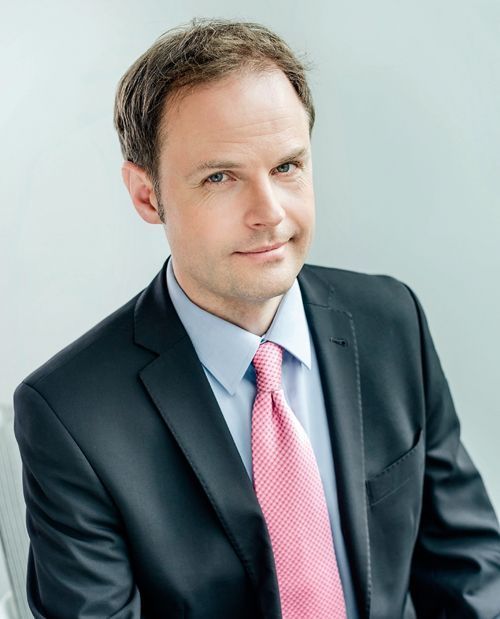The increased terrorist activity in Europe over the last few months has shown that people in large conurbations are still targets for the most serious forms of modern atrocity the continent faces – suicide attacks and those involving fire arms and explosives. It is no surprise then that the scale of security measures and the costs of protecting large city buildings, and not only strategic ones or those in strategic locations, have been on the rise. Apart from those facilities that have traditionally been involved in anti-terrorist activities, such as airports, stations, shopping centres and hotels, it is now the tenants, owners and managers of office buildings who are starting to pay closer attention to security issues. Office buildings, which are integral to city centres, are now often directly connected to the public transport system, with underground stations and railway stations usually located nearby, The buildings are themselves also becoming increasingly opened-up –































































